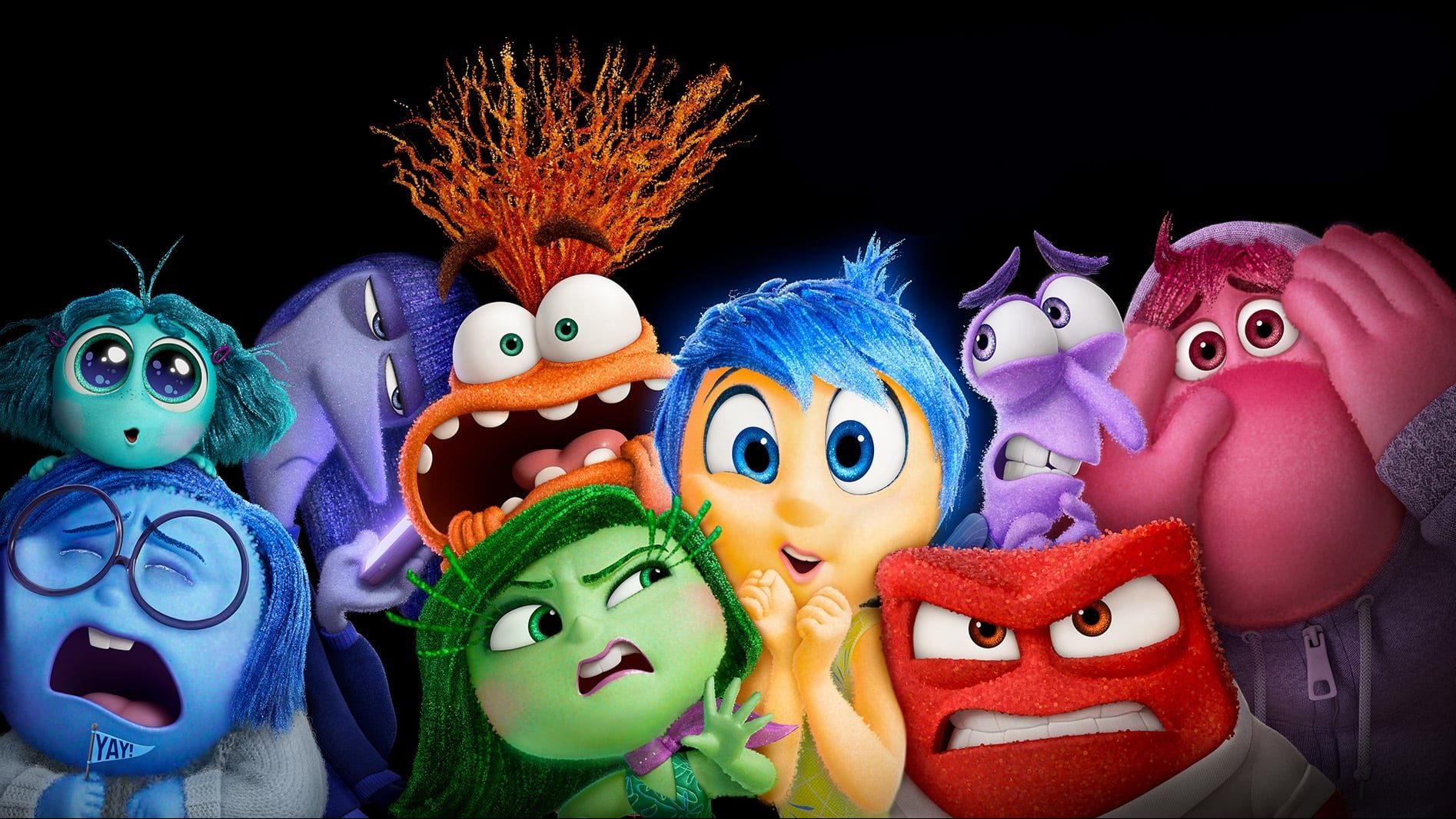
Inside Out 2: Exploring the Psychology of the Films & Interview
The movie makes complex psychological ideas accessible for younger audiences
‘Inside Out 2’, both the original and its sequel, have not only been box office hits but have also captured the hearts of audiences. These Pixar animated films delve into human emotions through characters representing the primary feelings in the mind of a girl named Riley. Each emotion—Joy, Sadness, Fear, Anger, and Disgust—has its own personality and plays a crucial role in how Riley makes decisions and navigates her experiences.
‘INSIDE OUT 2’ is expected to outgross ‘FROZEN II’ at global box office this weekend.
Becoming the highest grossing animated film of ALL TIME. pic.twitter.com/xrCAVhslaV
— The Hollywood Handle (@HollywoodHandle) July 17, 2024
In the sequel, things get more complicated as Riley grows older and faces the challenges of adolescence, specially puberty. This brings new emotions into Riley’s mind, adding to the complexity of her emotions. The familiar characters—Joy, Sadness, Fear, Disgust, and Anger—now have to navigate alongside more intricate feelings like Anxiety, Envy, Ennui, and Embarrassment…
De Estreno: Inside Out Interview with LOS40
The Psychology Behind ‘Inside Out 2’
From a psychological perspective, ‘Inside Out’ simplifies how basic emotions affect our thoughts, decisions, and memories effectively. The film explores themes like the importance of sadness in growing emotionally, handling anger and fear, and how our life experiences shape our personality and feelings. Even emotions we might not like, such as anxiety, have a role in protecting us. The movie makes complex psychological ideas accessible for younger audiences and offers adults interesting reflections on how crucial emotions are in our lives.
“Maybe this is what happens when you grow up, you feel less joy.”
– Joy (Inside Out 2) pic.twitter.com/XD9YKohl3T
— Words (@itswords_) July 9, 2024
The fact is, ‘Inside Out’ is a movie that appeals to everyone, but it really strikes a chord with adults who have lived through life-changing experiences similar to those portrayed in the film. Have you liked this new movie?